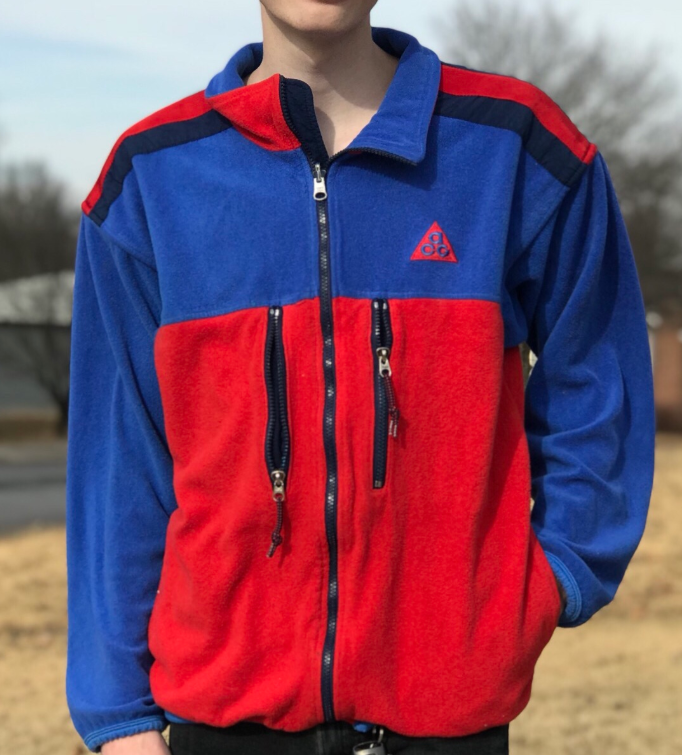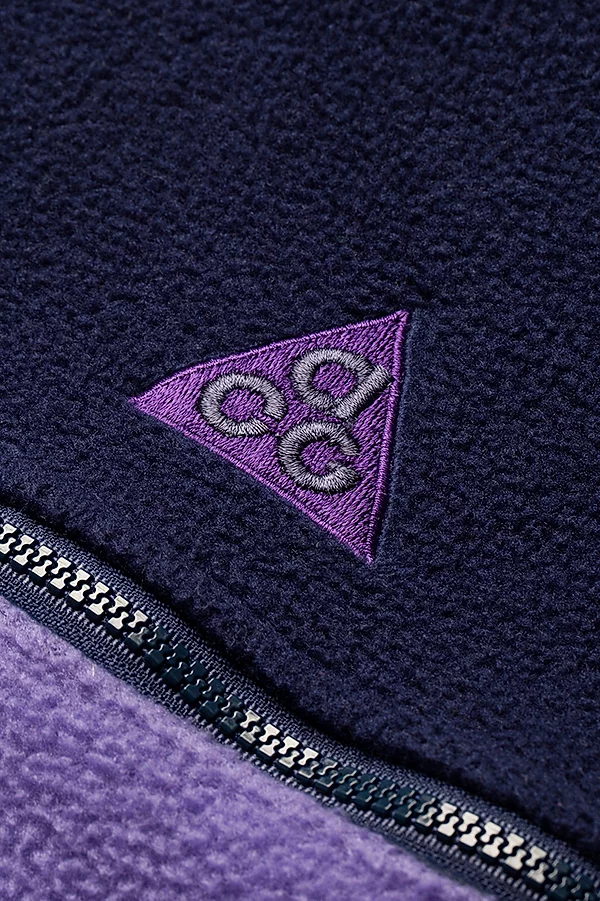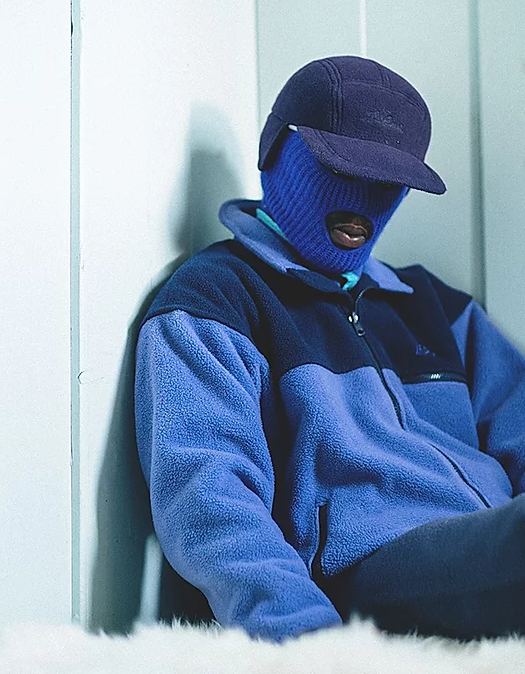The Fleece Treasure Trove pt. 2: Nike Kills Patagonia
- Theo :) :)

- Mar 14, 2020
- 4 min read
Updated: Apr 2, 2020
In the last episode, we saw the genesis of fleece as performance wear. A company in Patagonia’s position certainly had the sway to popularize an article of clothing in a specific niche, but it would take a much bigger push to make it truly mainstream, a Nike-sized push. In the late ’80s, Nike was really coming into its own. I think we both know who to thank for that. Thanks to a certain Jordan, the company went from laying off 400 workers mitigating a 30% profit drop in ‘84, to hitting a record 1.2 billion in sales in ‘88, the same year the iconic “Just Do It” campaign launched. A year later, they’d hit 2 billion in sales, and with this new financial stability Nike would allow a group of designers to establish an offshoot focused on “outdoor pursuits”. There had been some Nike hiking boots previously released, but a focused effort to innovate in the field had never been made, and therefore, All Conditions Gear (ACG), was born.

Thirty years later, the initial marketing effort Nike made with ACG isn’t so apparent. These days ACG is known mostly for its vintage sneaker models or their current (and former) streetwear renditions. But as unrelated as these may seem, the modern ACG lines contain design DNA that can be traced back decades. The Errolson-era Air Wild looks like a futuristic military boot at first, but they are the direct descendant of the 90’s Air Wildwood model. Even though now we exclusively view ACG retro models as stylish and ripe with inspiration, there was a time when Nike ACG was marketed as real performance wear, Nike’s answer to Patagonia and similar companies. In the ‘80’s the big players in the outdoor wear market were Pata and The North Face, along with smaller companies like Eastern Mountain Sports that didn’t have the ace up their sleeve they needed to gain market share.
Nike had the resources to edge out their opponents and gain a piece of pie in the competitive market. No other clothing company had the sneaker clout Nike did, and Nike knew it. So they used Jordan-style advertising to push their new trail shoes, exposing ACG to outdoor enthusiasts and the youth alike. In no way does that mean the clothing took a back seat. If people were buying ACG sneakers, of course, they needed ACG garms to complete the look. Some of these sneaker designs would prove timeless, such as the ever-present Mowabb with its classic colorways. But there’s a reason Nike chooses to retro the same few ACG shoes, while a few hold up well, a lot of them look like booty. Nike, in their history-revising wisdom, would rather not have us remember boots like the Baltoro.

Along with the shoes, Nike released the aforementioned clothing line to accompany, a majority of the garms being fleeces and jackets. In the beginning, the fleeces wouldn’t use Nike materials - in fact they wouldn’t even be designed by Nike designers(well, technically). For their first ACG collection, Nike would hire some former Patagonia employees to create designs. This might not surprise many educated streetwear historians, but: Nike has a deep history of designer abduction. I’ve had unnamed sources go so far as to claim the company would hold relatives of higher-ups hostage in order to incentivize the “transfer” of designers from their competitors to Nike. But I digress. The Patagonia design ethos is plain to see in early ACG fleeces like the Devil’s Tower and Makalu, pictured above. And while they would develop proprietary materials for their garments going forward, the initial drop made use of Polartec fleece, just as Patagonia did.
Unlike Patagonia’s subdued colors and silhouettes, Nike’s initial approach with ACG was anything but subtle. Looking back on many of the pieces, it almost looks like a parody of 90’s outdoor wear. The intense colors and maximalist designs were definitely a product of the “Xtreme” era, made to capitalize on the surge in activities like rock climbing and cross-training. These were the days of stuff like Marlboro Adventure Team gear and Ralph Lauren Snow Beach, and maybe it’s my bias against one-off “trendy” lines like those, but ACG managed to execute the aesthetic more tastefully than its competitors. Color blocking played a huge part in the look of pieces from this era, and more often than not Nike hits it out of the park, while other brands either copied successful designs or simply fell flat in this department. But while these fad styles eventually faded from public consciousness, Nike’s line would mature and become something of a gearhead staple. They stuck to a consistent design formula that made sure the majority of ACG pieces 1) could be mixed and matched and 2) felt like they were truly part of the same design family. The tenets of All Conditions gear mean that a lot of it is still wearable today, not just because it’s still functional but because it still looks good.
Maybe Patagonia “made” fleece, but Nike made fleece cool. Without The ACG line, I truly believe that the current zeitgeist for this era of outdoor wear wouldn’t exist, and this style of fleece would only be the subject of an occasional callback, like Surf Style windbreakers. The designers managed to encapsulate the energy of braving the great outdoors; an energy that future brands would tap into to continue to make fleeces cool.
_edited.jpg)









Comments